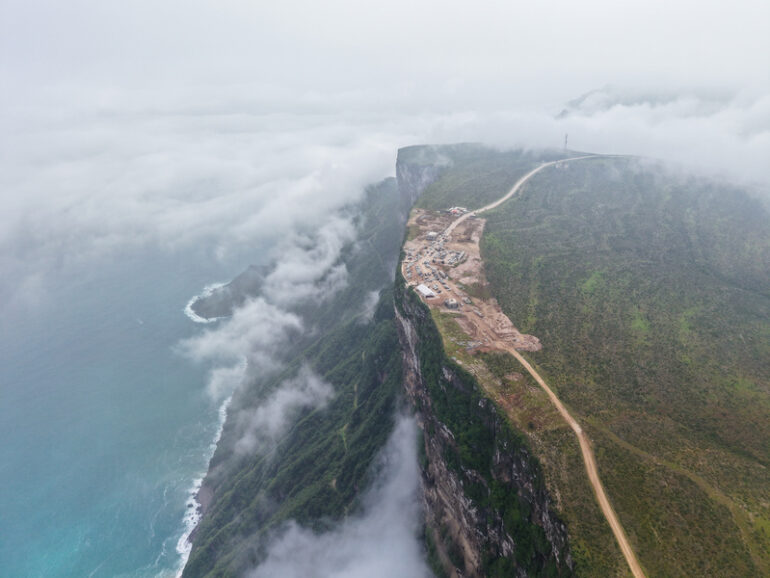
Muscat – Ministry of Heritage and Tourism (MHT) has identified urban sprawl driven by development projects and a lack of public awareness as the main challenges to preserving heritage and archaeological sites across the sultanate. Tangible heritage, which includes historical landmarks, buildings and artefacts, is seen as a vital part of Oman’s national identity and […]
Muscat – Ministry of Heritage and Tourism (MHT) has identified urban sprawl driven by development projects and a lack of public awareness as the main challenges to preserving heritage and archaeological sites across the sultanate.
Tangible heritage, which includes historical landmarks, buildings and artefacts, is seen as a vital part of Oman’s national identity and a driver of economic growth through tourism and investment. In line with Oman Vision 2040 and the Tenth Development Plan, the ministry is pursuing efforts to rehabilitate and revitalise cultural sites nationwide.
Ziana bint Mohammed al Harasi, head of the Rehabilitation and Development Department for Historical Sites at MHT, said the ministry is focusing on new investment models that engage the private sector in managing and operating selected heritage landmarks. The goal is to create diverse tourism experiences, generate employment opportunities, and support small and medium enterprises and local artisans, while ensuring the sustainability of the sites.
She added that partnerships with private operators are designed to enhance visitor experiences and involve local communities in managing and promoting heritage sites. Twenty-four contracts have already been signed with private firms for the management, operations and utilisation of historical locations. Operators are given an initial three-year grace period after paying the required fees to develop their projects.
According to Ziana, several issues still hinder preservation efforts – notably urban expansion, low awareness on the importance of heritage protection, and difficulties in obtaining ownership deeds for some archaeological sites, especially where land overlaps with properties belonging to service providers or citizens.
She noted that effective management of historical landmarks not only attracts tourists but also protects the sites from decay and neglect. Revitalising heritage sites, she said, enhances the tourism sector, enriches local communities and highlights Oman’s rich cultural identity.
Abdul Rahman bin Saleh al Abri, an entrepreneur in the tours and travel industry, said heritage tourism plays a vital role in showcasing Oman’s cultural legacy and traditional way of life. He noted that the architectural style of heritage sites – built with materials sourced from the surrounding environment -remains a strong attraction for both local and international visitors.
Yousef bin Zahran al Dhahli, owner of the Falaj Café in Izki, Dhakliyah said such initiatives help preserve cultural values and bridge the gap between generations, keeping Oman’s heritage alive in modern settings.


 MAFWR launches Fishery City project to boost blue economy
MAFWR launches Fishery City project to boost blue economy
 Muscat Art Exhibition opens today with 200 artists from 15 countries
Muscat Art Exhibition opens today with 200 artists from 15 countries
 Third International Women and Children’s Film Festival from December 15 to 18
Third International Women and Children’s Film Festival from December 15 to 18
 Al Wusta sees RO20mn development boost
Al Wusta sees RO20mn development boost
 Oman Across Ages, Qatar Museums sign MoU on heritage preservation
Oman Across Ages, Qatar Museums sign MoU on heritage preservation
 Dhofar Khareef named ‘Outstanding Tourist Destination of the Year 2025’
Dhofar Khareef named ‘Outstanding Tourist Destination of the Year 2025’